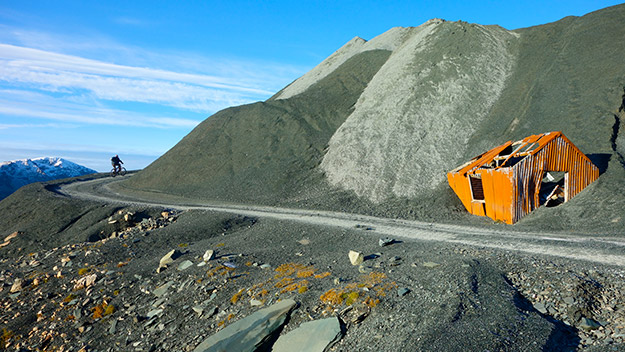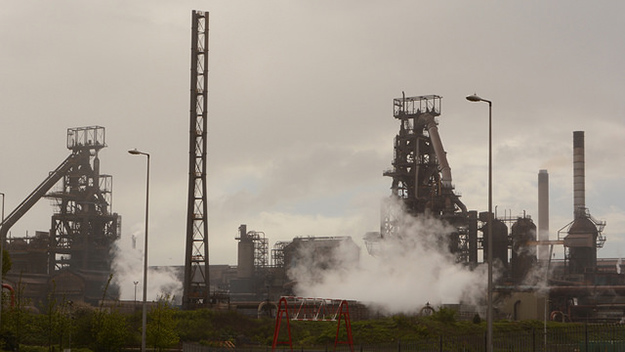Research conducted at Cardiff University suggests that steel slag could be used to store carbon dioxide.

Welsh slag heaps could be used to capture carbon dioxide from the air in an effort to combat global warming according to Cardiff University researchers.
New research conducted by Dr Philip Renforth of Cardiff University has highlighted the untapped potential of waste product from the steel industry to store carbon emissions.
“We produce about half a billion tonnes of slag around the globe,” said Dr Renforth, “and that could capture something in the order of a quarter of a billion tonnes of CO2.”
Over the course of its history, Wales has been home to at least 25 iron and steel works. Waste material used to be buried in huge slag heaps, but could now be put to use pulling CO2 from the atmosphere.
When water runs over slag it dissolves metals like calcium and magnesium that are present in the slag.
The presence of these metal ions in the water makes the water more alkaline, which encourages CO2 to dissolve and then react with the metal ions.
The product of the reactions are stable solids like calcium carbonate, commonly seen naturally as chalk and limestone.

The steel industry accounts for more than 5% of the world’s greenhouse gas emissions each year. It is likely to be targeted by new regulations to reduce its CO2 output in the near future.
Currently for each ton of steel it makes, the industry releases two tons of CO2 to the atmosphere and creates about a fifth of a ton of slag. Using that slag for carbon capture would significantly reduce the total CO2 output of the steel industry. “It’s not going to do everything, but it might do something.” said Dr Renforth.
Featured image photo credit Ben Cooper
